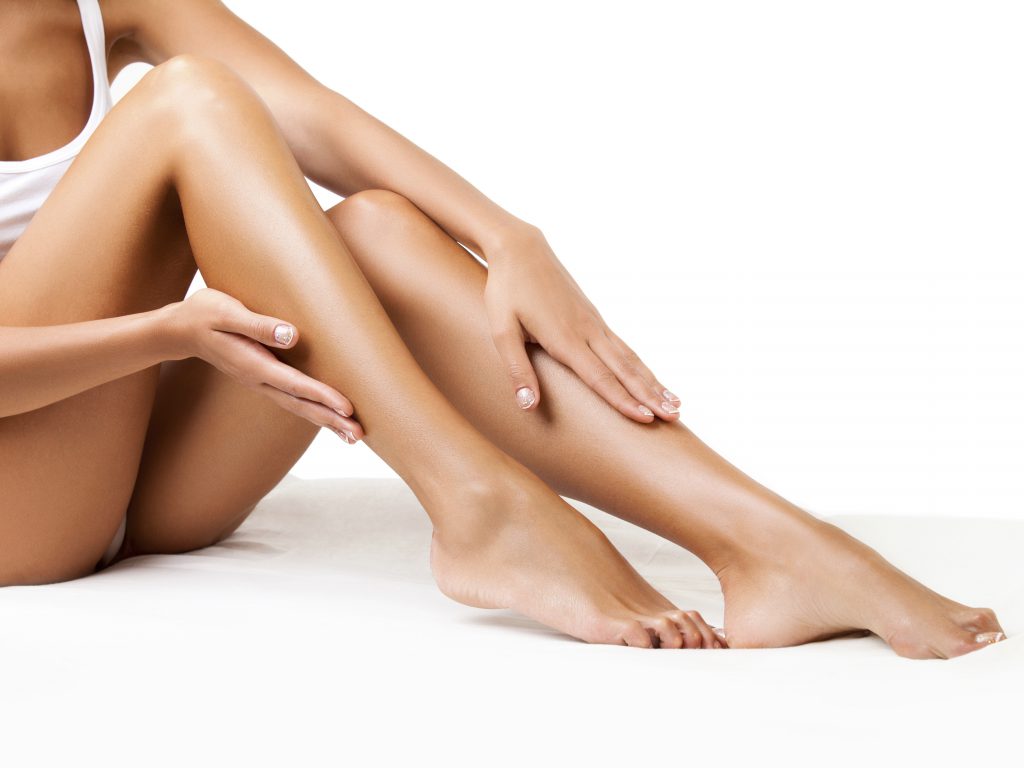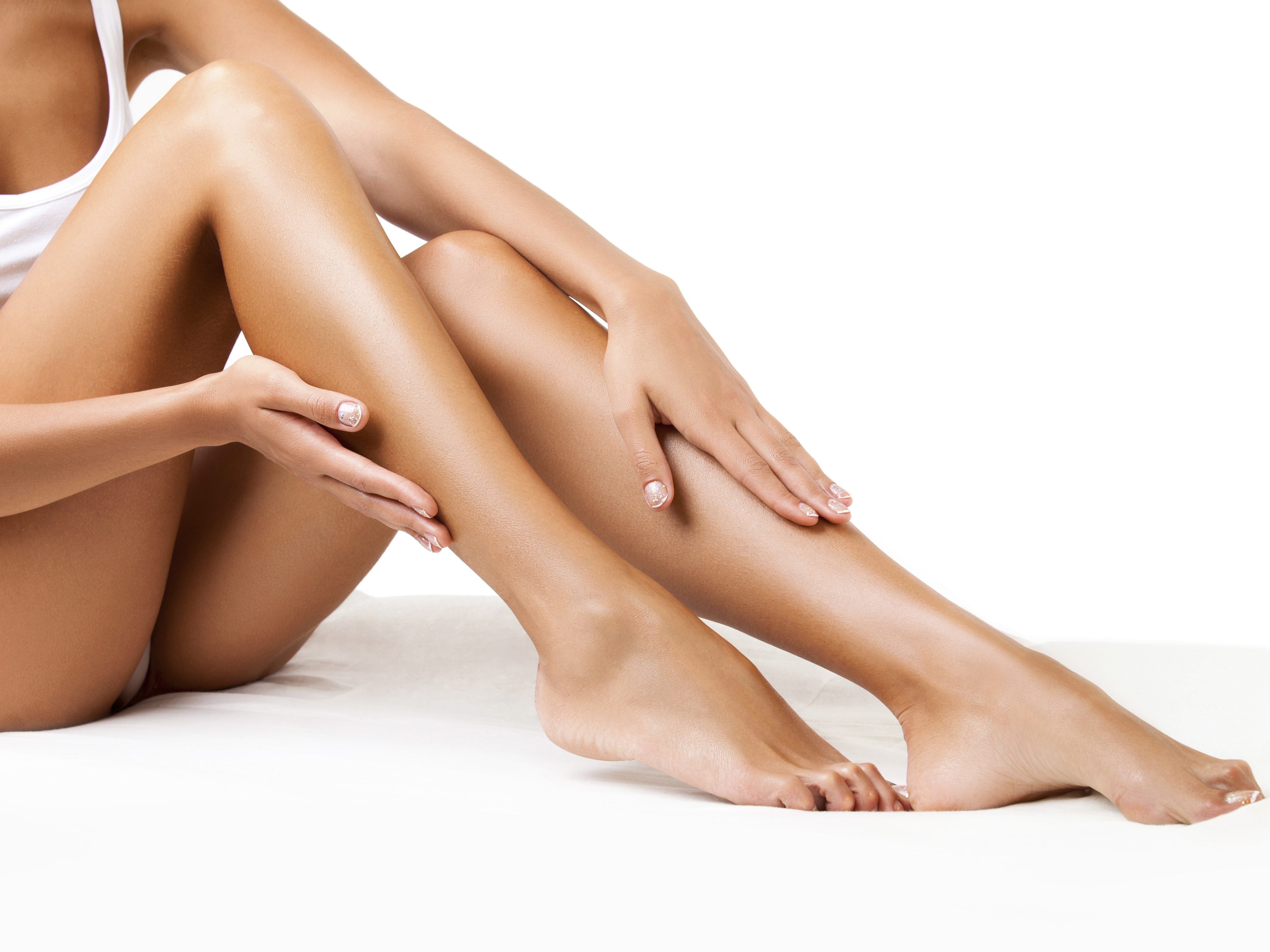Lydia Jordane, founder and CEO of Lycon has been at the forefront of waxing for decades – and she says there is no need to inflict pain onto your clients. We get her expert tips on how to get your clients skipping out of your salon hair-free and happy.

#1. One wax doesn’t fit all
If you have just one pot warmed in your wax room, you might want to re-think.
“We need to tailor what each client needs to get the best results to suit their skin and their individual hair growth type and pattern,” says Lydia Jordane, owner and CEO of Lycon. “I personally don’t understand how some therapists wax with just one wax for everything and everybody. They have tried to convince me that it works and really they do a great job, but not for everyone.”
#2. Have a back-up
Make sure that you have a wax to do all jobs – and that might mean you need a couple of types ready to go.
“If one wax does the job for everything, fantastic, but if it doesn’t, you need to have some other waxes right there, ready to go as a back-up for your prefect professional waxing performance,” says Jordane.
#3. Know which wax is for what
Lydia trains therapists right around the world and a big part of her training is advising experts on what waxes work for different areas.
“The important question is which wax for what and whom?” says Jordane. “It goes like this: strip wax is for large areas, then you can touch up with hot wax if short hairs are not removed in parts. Use hot wax for the more delicate areas such as the Brazilian zone, eyebrows, face and to touch up anywhere where strip wax can’t remove short hairs.”
#4. Quality does count
Enlisting waxes that don’t irritate and can be re-applied up to six times will help reduce pain in your clients. “Lycon hot waxes can remove hair as short as one millimetre and they can reapply on the same area at least 5 or 6 times, without irritation, without removing skin and, above all, the skin does not become red and swollen,” says Jordane.
#5. Learn to love waxing
It is perhaps a not-so-well-kept secret that many therapists don’t love waxing that much. But with the right technique and quality products, it could be a treatment you learn to love.
“Many therapists do not like waxing, but once they try our products and we teach them our techniques, they love waxing and love it even more when they see how happy their clients are,” says Jordane.
#6. Yes, waxing can be pain-free…
Don’t believe it? Well, according to Jordane, it’s absolutely possible. “It is difficult to think that waxing can be pain-free, or almost pain-free, but with Lycon we surprise people all the time,” she says.

Three tips to make your waxing painless…
#1 Keep heat low: Scalding your clients won’t help you gain repeat bookings – the quality of the wax counts too.
“The pliability of Lycon hot waxes and their low temperature makes them very comfortable on application as well as on removal,” says Jordane.
#2 Use pre-wax solutions: A waxing oil will prevent wax from sticking and pulling at the skin. “We always recommend our pre-waxing oil with all hot waxing,” says Jordane. “It pre soothes the skin before wax application; it makes it easier to remove the wax so there is no trauma when you pull the wax patch off.”
You can also use pre-wax products with strip waxing, says Jordane. “It is a relatively new thing, but we recommend just a little Lycon Pre-Waxing Oil with strip waxing,” she says. “It is amazing when skin is very dry.”
#3 Get your technique right: If you don’t have your technique nailed, you’ll get poor results and could hurt your client. To get it right, check out waxing brands’ tutorials or get yourself to a training seminar. “The way we apply the wax, how long we leave the wax on, and how we remove it [all have an effect on the pain levels your client will feel],” says Jordane.

